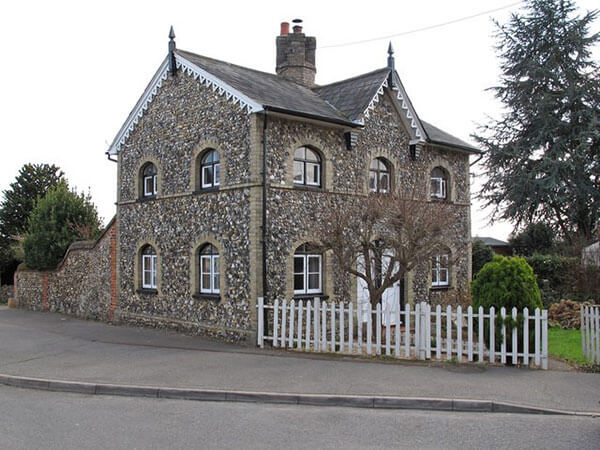
Installing or updating a heating system in a period or older property can present issues. But there is a solution in the shape of underfloor heating.
Underfloor heating systems are increasing in popularity with owners of period and older properties keen to increase the efficiency of their homes. Underfloor heating is in fitted as standard in some new builds or added to extensions, with the retro-fitting of an underfloor heating systems seem as expensive and difficult.
However, the availability of ultra-thin electric mats started to change this and, with the low-profile wet underfloor heating systems now coming to the market, as a period property homeowner, you now have even more choice when it comes to retro-fitting such a heating system.
Beneficial in more ways than one
Underfloor heating is popular because it is a proven to offer a heating solution without a big heating bill attached. Working at a lower temperature but still offering a comfortable and gentle heating solution, people have seen their heating bills tumble.
Underfloor heating is radiated heat, meaning that the mats or pipe loops installed beneath the top layer of flooring, heats the flooring surface above. Objects in the room are heated, as opposed to the air which rises as it heats, and falls as it cools as in the case of central heating.
There is no energy wasted overheating the room, as can happen with radiators. Another benefit which works well for period properties is that all the ‘workings’ and components of the underfloor system are hidden. There are no chunky radiators taking up wall space or a modern radiator to detract from period charm of an interior.
Improving and modifying period properties
If you live in a listed property, you will be aware of the special conditions that apply to your property when making changes, improvements or committing to extensions. If the planned work affected the listed building’s character, you must apply for listed building consent.
This listed building consent is in addition to any planning permission and/or Building Control approvals that may also be needed.
It is important that you check with your local planning department before any kind of work starts and that includes the installation of underfloor heating. In some properties, the flooring can be fragile and will need careful or specialist handling. In most cases, it will need to be put back exactly as it was.
Research thoroughly before you make any changes as what may be required and don’t forget, that planning and consent for work to listed buildings will change over time, but also differ in England, Wales, Scotland and Ireland.
Which is best underfloor heating system for period properties?
Electric underfloor heating systems are much simpler to fit. The top layer of flooring is lifted, the electric mats unrolled and the flooring replaced. It takes only basic DIY skills to lay this kind of system. If you live in a home without access to mains gas, electric underfloor heating makes perfect sense.
However, running costs for this kind of system can be high, unless your property benefits from generating its own electricity such as from solar panels, wind turbines or other forms of alternative energy.
Wet underfloor heating systems have long had a reputation for not being easy to retro-fit into a property. As the plastic piping has more of a profile, there was a need in most properties to dig down into the floor to accommodate the system. If this was too expensive, doors would need to have an inch of two filed off the bottom. The floor would also creep up any skirting boards.
However, advances in manufacturing techniques have created a low-profile version of a wet underfloor heating system, making it easier to fit.
Running costs are also lower, especially if you have a modern and efficient combi-boiler and mains gas. A wet or water underfloor heating system is usually compatible with such a boiler.
Thermostat
Like all properties, a period property with underfloor heating will also benefit from a smart thermostat. A thermostat more sophisticated than a simple timer will allow you greater control over the level of heat in your home, and when it needs to be increased or decreased. Many of these thermostats are now wireless, controllable via your smart phone using an app.
Decreasing heat loss
If you do opt for underfloor heating in your period property, the key is to ensure that as much heat as possible is retained. Before you opt for the system, have the energy efficiency of your property assessed and take remedial action by insulating your property as much as possible.

